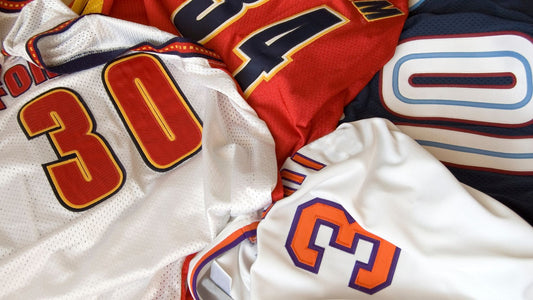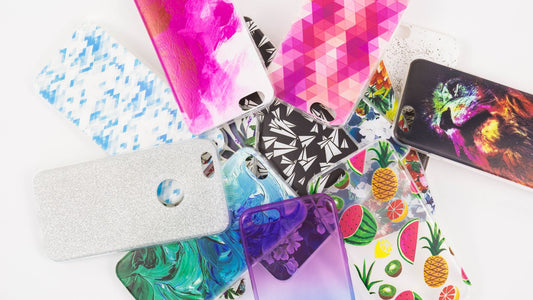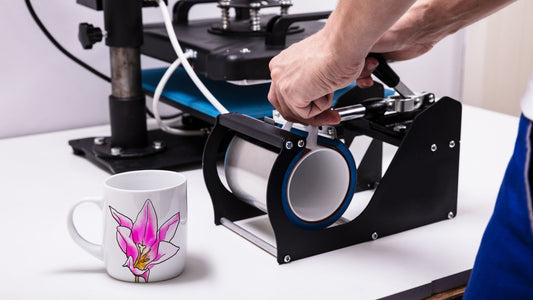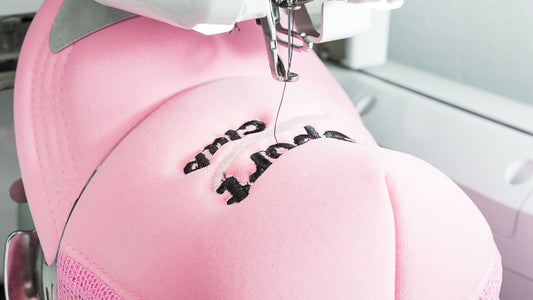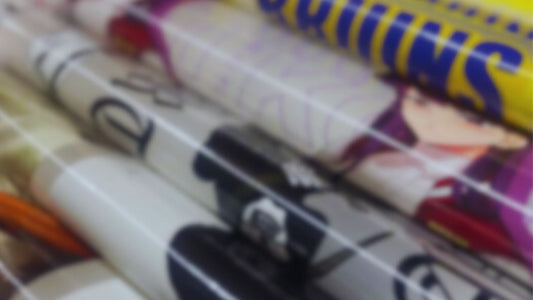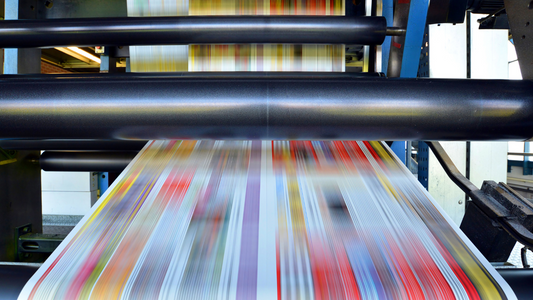
DTF Printing: A Game Changer for your T-Shirt Business
You may have heard of direct-to-garment (DTG), or digital printing, as a popular approach to customizing your apparel. But WTF is DTF? If you’re unsure about this new technique, we have the rundown on why DTF is a game-changer in the printing industry and how it can help you effectively create high quality custom prints at a low cost.
What is DTF and how does it work?
DTF stands for Direct-to-Film Printing. Like DTG, it’s a technique that uses an inkjet printer to print custom designs onto garments. Unlike DTG, this method works by first printing your design on a layer of transfer film, and then transferring the design onto your garment of choice. The transfer film is made from polyethylene terephthalate (PET), which is super sturdy and chemically stable, making it ideal to withstand the heat that is used in the ink exchange process. Once the image is printed on the transfer film, a hot-melt powder is then applied, which acts as a glue, helping the ink set into your garment when using a heat press. The image can be transferred in as little as 15 seconds! DTF printing can print any color (even white ink), but does require a special inkjet printer and textile inks designed specifically for DTF printing.
DTF vs. DTG
When it comes to the overall process, expenses, and labor involved, how does DTF compare with DTG? Check out the table below to see the major differences, including pros and cons of each method:
|
DTG |
DTF |
|
Ideal for small-scale customized orders |
Ideal for medium- to large-sized orders |
|
Requires pre-treatment of garment to allow for transfer of design |
No pretreatment required, saving costs on purchasing a pre-treatment machine or solution. Relatively cheap cost of transfer film and hot-melt powder |
|
Expensive ink (especially white ink!) at $50 or more per 500 mL bottle in bulk |
Affordable ink, and requires the use of less white ink |
|
Good for designs with multiple colors and high levels of detail |
Can print multiple designs on one sheet of transfer film, and can store the transfer film design for future prints |
|
Slow production process (estimated at approx. 15-20 shirts per hour, excluding pre-treatment) |
Much faster production process (can print up to 60 designs onto transfer film within 30 minutes, before applying heat press) |
|
Not compatible with non-cotton-based garments like polyester |
Versatile use of substrates, including polyester, nylon, and silk garments. Can even print on other substrates besides clothing, like mugs and cups or boards. |
|
Soft feel and breathable, as the ink is set directly into the garment |
Smoother, more plastic-like feel of design printed on certain garments, like cotton |
|
Lasts for up to 50 washes before you start to see cracks or fades in the design due to pre-treatment and type of ink used. |
More durable in the wash and with wear-and-tear. Design returns to its original shape even when the garment is stretched. |
Benefits of DTF
With the advent of new printing technologies appearing almost every year, DTF has many advantages, from being cheaper for larger orders while allowing for less intensive labor. These savings are seen by the customer, making it a desirable option for your customized orders. And as we’ve already seen, the use of transfer film with DTF printing means that you don’t have to stop at garments. DTF printing can allow your company’s branding to be printed on a wide variety of substrates using the exact same design, including cups, mugs, or other promotional items and merch.
If you’re ready to make the transfer over to DTF for your custom apparel, place your order with Mona T-Shirt x A2Z Wholesale Apparel here. We also sell industrial strength heat presses to make the buying process easy and start your own business today.
